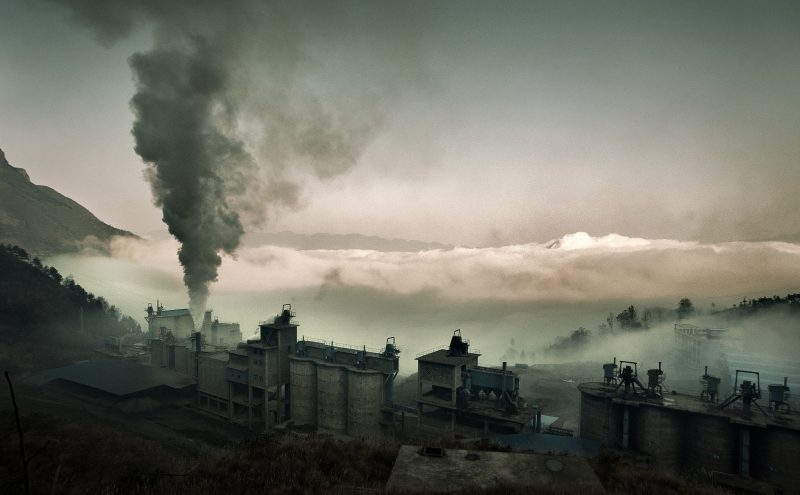Has China’s green transformation begun?

What is China’s position at the upcoming Paris climate talks? What does that position mean for the country and for climate? Ask anyone following the UN-led climate negotiations and you will quickly realize these are some of the most keenly watched questions.
These negotiations have reached a critical moment before the Conference of the Parties (COP21) in Paris in December: the three largest greenhouse-gas emitting economies – not only China, the world’s largest carbon emitter by volume, but also the United States and the European Union – have now put on the table what they are willing to offer under a new global agreement.
What, then, has China put forward? On June 30, the country revealed its hand (known in UN-speak as an “Intended Nationally Determined Contribution”, or INDC). China will:
- cut its carbon emissions per unit of GDP by 60% to 65% by 2030, on a 2005 baseline;
- see a peak in its total emissions by 2030, with efforts to achieve this as early as possible;
- increase renewables in primary energy consumption to 20% by 2030, from 11.2% today; and,
- increase the volume of forest stock by around 4.5 billion cubic metres on the 2005 level.
China also set out a range of related pledges, including: to promote the low-carbon development of agriculture, “making efforts to achieve zero growth of fertilizer and pesticide utilization by 2020”; to promote “the share of green buildings in newly built buildings of cities and towns” to 50% by 2020; to establish a nationwide carbon emission trading system; and to establish a “Fund for South-South Cooperation on Climate Change”.
In sum, China made an ambitious commitment: increasing the share of renewables to 20% over the next 15 years, for example, entails adding some 800 to 1,000 GW of electricity generation capacity – equivalent to that added to the entire US power grid to date. But what about those secondary questions: how might this affect China? And what is the likely effect on the global climate?
For China, its INDC illuminates an enormous shift. Under what President Xi Jinping has called the “New Normal”, China has begun a transition from energy-intensive industries towards innovation and services as the basis of higher-quality growth.
Last year, China’s coal consumption fell by 2.9% on the previous year and continued to fall in the first quarter of 2015. This is more than the effect of a slowdown, say experts. It reflects instead a structural decline in the country’s coal industry, squeezed by environmental regulations and the rapid deployment of clean energy sources. China plans to install 200 GW of wind and 100 GW of solar by 2020 and it is now the world’s leading investor in renewables.
“ Under what President Xi Jinping has called the “New Normal”, China has begun a transition from energy-intensive industries towards innovation and services as the basis of higher-quality growth.”
While many believe China will peak early (perhaps as soon as 2025), it is unclear at what absolute level its emissions will peak. Some argue that a successful UN agreement needs mechanisms to further ramp up the ambition for climate action and address such targets.
Either way, another set of important and related questions remain. These concern the road to enforcing such aggressive goals in China. In a country with a history of implementation problems with regard to environmental regulation, these are not only technical questions, but also political, social and economic questions.
These are questions that my colleagues and I will be addressing in Paris at a session at Our Common Future Under Climate Change, the largest forum for the scientific community to come together ahead of the UN conference in December. Here we will be discussing China’s climate and low-carbon innovation policies, from the performance of its seven emissions trading pilot schemes to the reform of its electricity markets; from its innovation policies in support of clean energy technologies, to its transportation sector.
Together, these discussions should provide an update and some new analysis of China’s current and possible energy, climate and innovation futures – and an interpretation of China’s climate policy in the context of the government’s overall approach to development and modernization: a trajectory that seems to be kick-starting a drive towards a greener economy and society.
Sam Geall, Research Fellow at the Science Policy Research Unit, University of Sussex, Executive Editor of chinadialogue.net, and a member of the STEPS Centre.
Image credit: "Fog Factory" (CC BY-ND 2.0) by Jonathan Kos-Read


